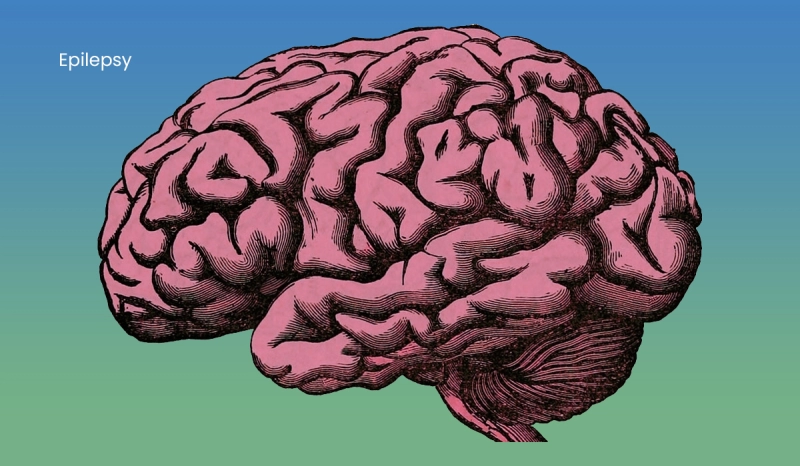

Understanding Epilepsy: Causes, Symptoms, and Treatment
Epilepsy, a complex and often misunderstood neurological condition, touches the lives of over 50 million people worldwide, with nearly two-thirds of new cases found in children and seniors. While public awareness is on the rise, there's still a need for clarity on the symptoms, causes, and advanced treatment methods that can significantly improve the lives of those affected. For individuals grappling with epilepsy, their caregivers, and the wider community, knowledge is power and support is paramount in managing this condition. Here’s an informative deep-dive into the world of epilepsy, dissecting the foundations of the disease, its diagnosis, and the innovative treatments pushing the boundaries of seizure control.
What is Epilepsy?
 Epilepsy is a chronic disorder of the brain that causes recurring seizures. These seizures range from brief lapses of attention or muscle jerks, to severe and prolonged convulsions. The condition can originate from various causes, including genetics, head trauma, brain infections, and developmental disorders. Epilepsy affects individuals of all ages, with varied impacts on a person's quality of life. The seizures themselves are a result of sudden surges of electrical activity in the brain — akin to an electrical storm — leading to uncontrollable actions or sensations.
Epilepsy is a chronic disorder of the brain that causes recurring seizures. These seizures range from brief lapses of attention or muscle jerks, to severe and prolonged convulsions. The condition can originate from various causes, including genetics, head trauma, brain infections, and developmental disorders. Epilepsy affects individuals of all ages, with varied impacts on a person's quality of life. The seizures themselves are a result of sudden surges of electrical activity in the brain — akin to an electrical storm — leading to uncontrollable actions or sensations.
Symptoms and Diagnosing Epilepsy
The symptoms of a seizure can manifest in different ways and are often characterized by periods of unusual behavior, sensations, and sometimes loss of awareness or consciousness. To diagnose epilepsy, doctors take a comprehensive approach, including a detailed medical history, physical examination, and various tests. Electroencephalogram (EEG) and imaging tests such as MRI and CT scans are employed to observe brain activity and structure, helping to detect potential causes.
Seizures can be focal, affecting one area of the brain, or generalized, affecting both hemispheres. The type and frequency of the seizures, along with patient history, will guide the diagnostic path. This process is crucial, as it not only confirms the presence of epilepsy but also aids in identifying the type and inform appropriate treatment strategies.
In Which Patients is Epilepsy More Common?
Epilepsy is not a single disease, but rather a spectrum of disorders, which can present in a variety of forms. It is more commonly seen in individuals with the following conditions:
Understanding the patient's unique medical history and any associative conditions can provide critical insights into the nature of their seizure activity and the most effective treatment approach.
Traditional Treatment of Epilepsy
The traditional treatment for epilepsy is antiepileptic medication. Known as antiepileptic drugs (AEDs), these medications work by stabilizing the electrical activity of the brain to prevent seizures. The choice of AED is tailored to the patient's specific needs, taking into account the type of seizures, potential side effects, and the individual's overall health.
For many, AEDs provide effective seizure control without significant side effects. In cases where medication does not provide sufficient relief, other treatment avenues can be explored, such as dietary therapies (e.g., the ketogenic diet) or neurosurgery to remove the brain area causing the seizures.
Vagus Stimulation for Intractable Seizures
In instances where medication or alternative treatments fall short, more advanced interventions like Vagus Nerve Stimulation (VNS) come into play. VNS therapy is a minimally invasive surgical procedure that involves implanting a device that can help reduce the frequency and intensity of seizures in individuals with drug-resistant epilepsy.
Using a pulse generator implanted in the chest, the VNS device is programmed to deliver regular, mild electrical stimulation to the vagus nerve by an electrode. This stimulation then travels up to various parts of the brain, which in turn can affect the seizure activity. The precise mechanism by which VNS exerts its antiepileptic effects is still under investigation, but it has been a ray of hope for many patients whose seizures couldn't be controlled by medication alone.
The Success Rates of Vagus Stimulation
Studies and real-world cases report promising success rates for VNS therapy, with a significant reduction — sometimes even complete cessation — of seizures in patients. According to the literature, the success rates can reach up to 60-70%. What makes it particularly valuable is its long-term efficacy, sustaining its benefits over time.
The benefits extend beyond reducing the incident of seizures. Many patients and caregivers report an increase in the patient's alertness, memory, and an overall improvement in mood and quality of life. These broader improvements highlight the holistic impact of VNS in managing epilepsy and its related challenges.
The Impact of Vagus Stimulation on Seizure Severity

In addition to the decrease in seizure numbers, VNS therapy can substantially alter the nature of the seizures experienced by the patient. Patients often report a significant reduction in the severity of their seizures, with many episodes becoming shorter and less disruptive. This change is especially significant for patients whose seizures were previously life-threatening or incapacitating.
The decrease in severity contributes to a greater sense of control and predictability, allowing patients to lead more active and less restricted lives. It’s not just a reduction in quantity, but an enhancement in the quality of life that VNS therapy strives to deliver.
Exploring Vagus Stimulation for a Brighter Epilepsy Future
VNS therapy is just one of the many groundbreaking treatments that are not only managing but transforming the lived experience of epilepsy. Ongoing research in neurostimulation and advancements in precision medicine are offering new pathways to address this complex condition.
For those on the front line of epilepsy management — be it the patient, their family, or their healthcare providers — staying informed about these developments is critical. The progression from historical notions to cutting-edge treatments like VNS is symbolic of a field in constant evolution, adapting to the changing needs of those it aims to serve.
Understanding the nuances of seizures, exploring the technology behind VNS, and recognizing the human impact of such innovations is central to the conversation around epilepsy today. It's this fusion of scientific understanding with empathetic support that will pave the way for a future where epilepsy ceases to be a barrier and becomes a condition that can be confidently and comprehensively managed.
For those seeking more detailed instructions about Vagus Stimulation, we invite you to read our comprehensive guide on the topic. This detailed resource is located under the surgeries section of our website. Alternatively, you can directly access the guide by following this link. It offers an in-depth look at Vagus Stimulation, including preparatory steps, what to expect during the procedure, post-operative care, and addressing common concerns and questions.
last edited on 01.08.2024